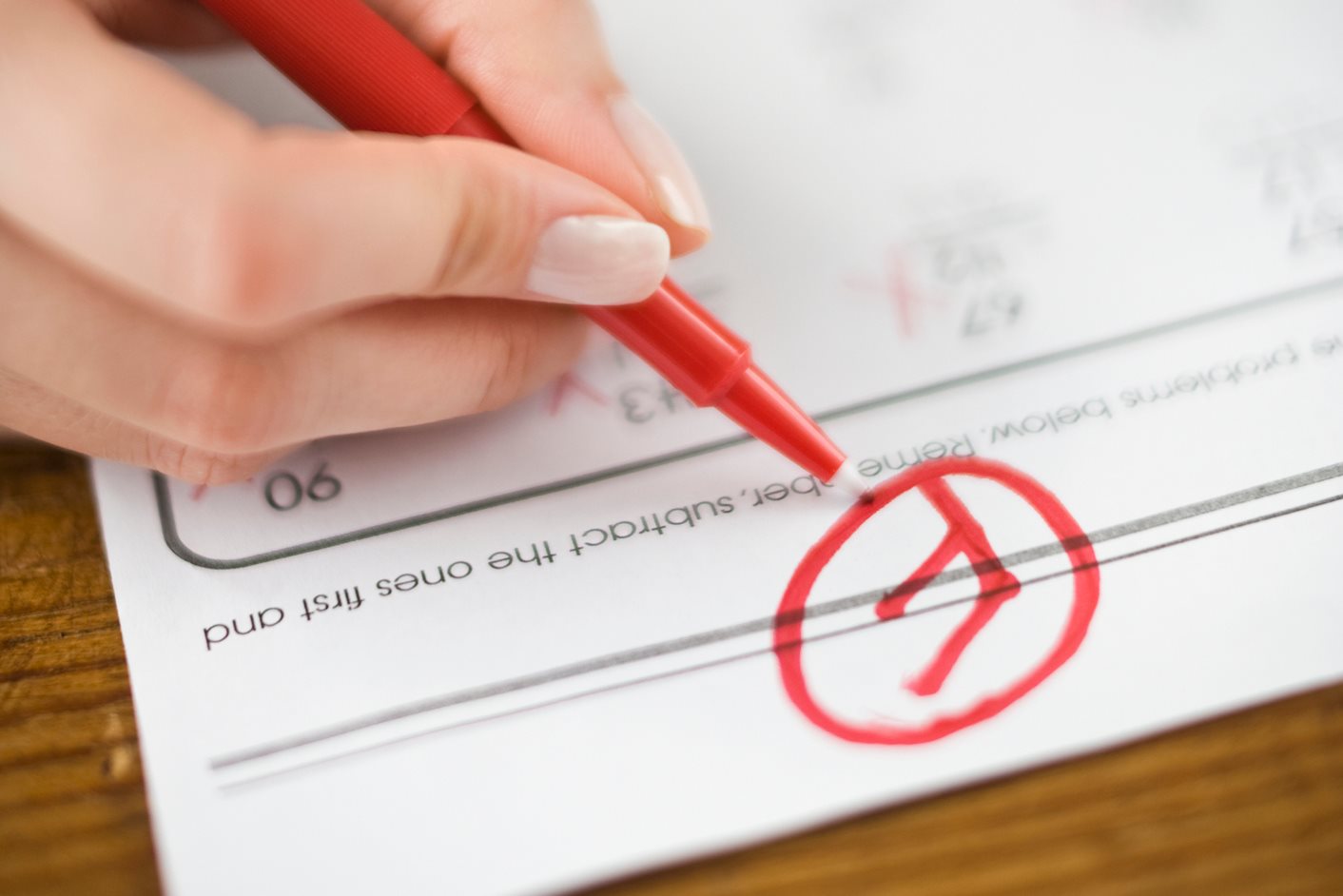
Frustrated at Australia’s rate of electric vehicle adoption, the EV council of Australia has introduced a ranking system to highlight the best and worst states for advancing the alternative energy cause.
Released this week as part of the State of EVs 2020 report, the new ranking system is the result of a detailed look at the various ways state and federal governments are preparing for and encouraging the adoption of electrified vehicles.
It found that although Australia still lags the rest of the developed world, consumer demand for full-electric cars and plug-in hybrids was building momentum along with stirring government support.
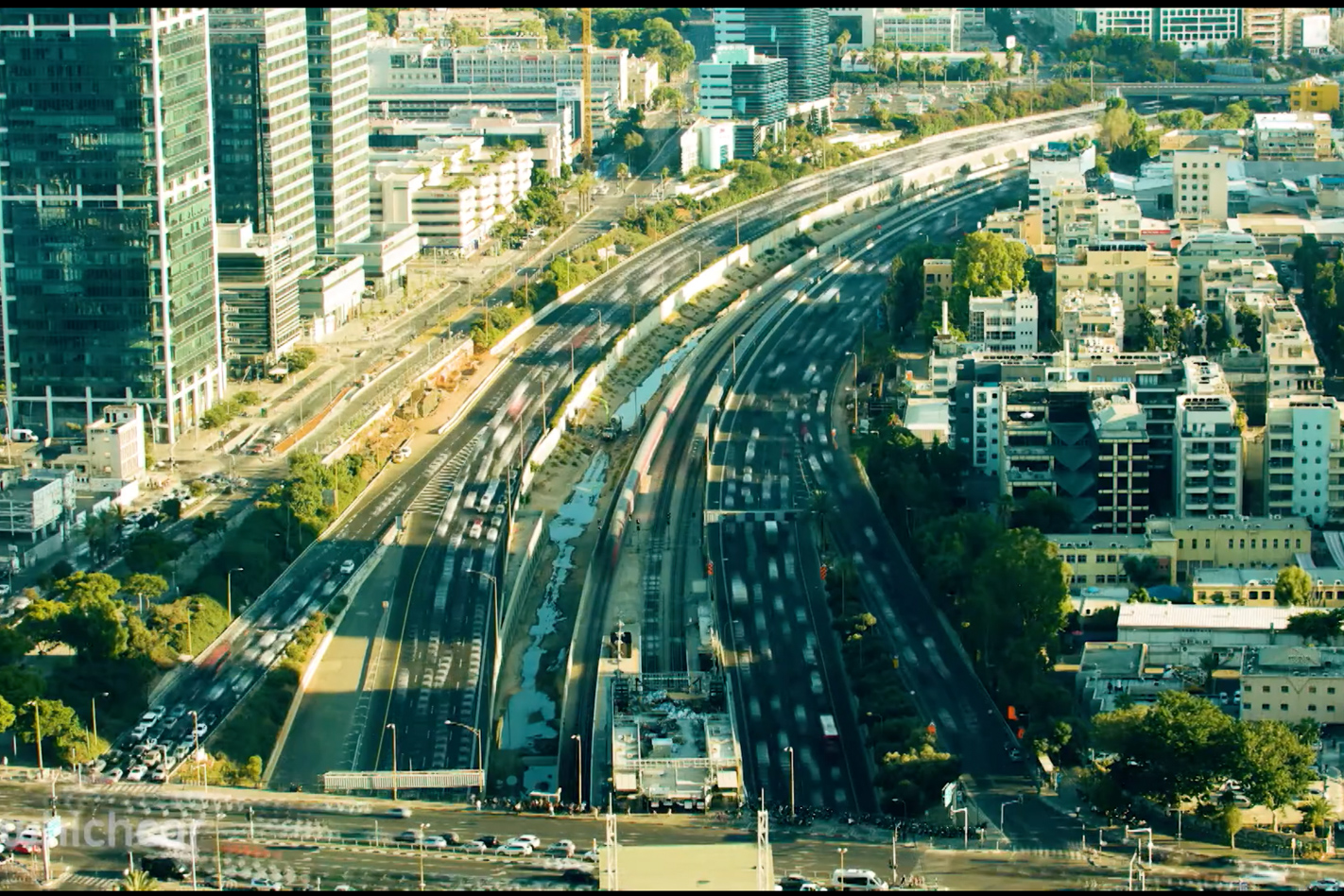
Each state was assessed on its zero or low-emissions policy in key areas including, sales or fleet targets, public charger investment, EV strategies, purchase and ownership incentives, public awareness initiatives, electric public transport, new building infrastructure and industry incentives.
STATES AND TERRITORIES RANKED FOR EV INTEREST
ACT – B
At the top of the pack, ACT has the honour of being Australia’s only state to be graded B by the EV Council’s new system.
According to the report, Canberra is doing more than any other state to encourage people into electric cars and keep them there:
- Zero Emissions Vehicle Action Plan and Climate Change Strategy culminating in 2021 and 2025 respectively
- Government EV fleet target – all government leased vehicles will be zero-emissions from 2021
- Transport Canberra bus fleet to be zero-emissions by 2040
- All new multi- and mixed-use developments must include chargers
- Implementing charging stations along major routes to and from Canberra
- 20 percent discount on EV registration and stamp duty exemption on first registration
- Zero-emissions vehicles permitted in transit lanes until 2023
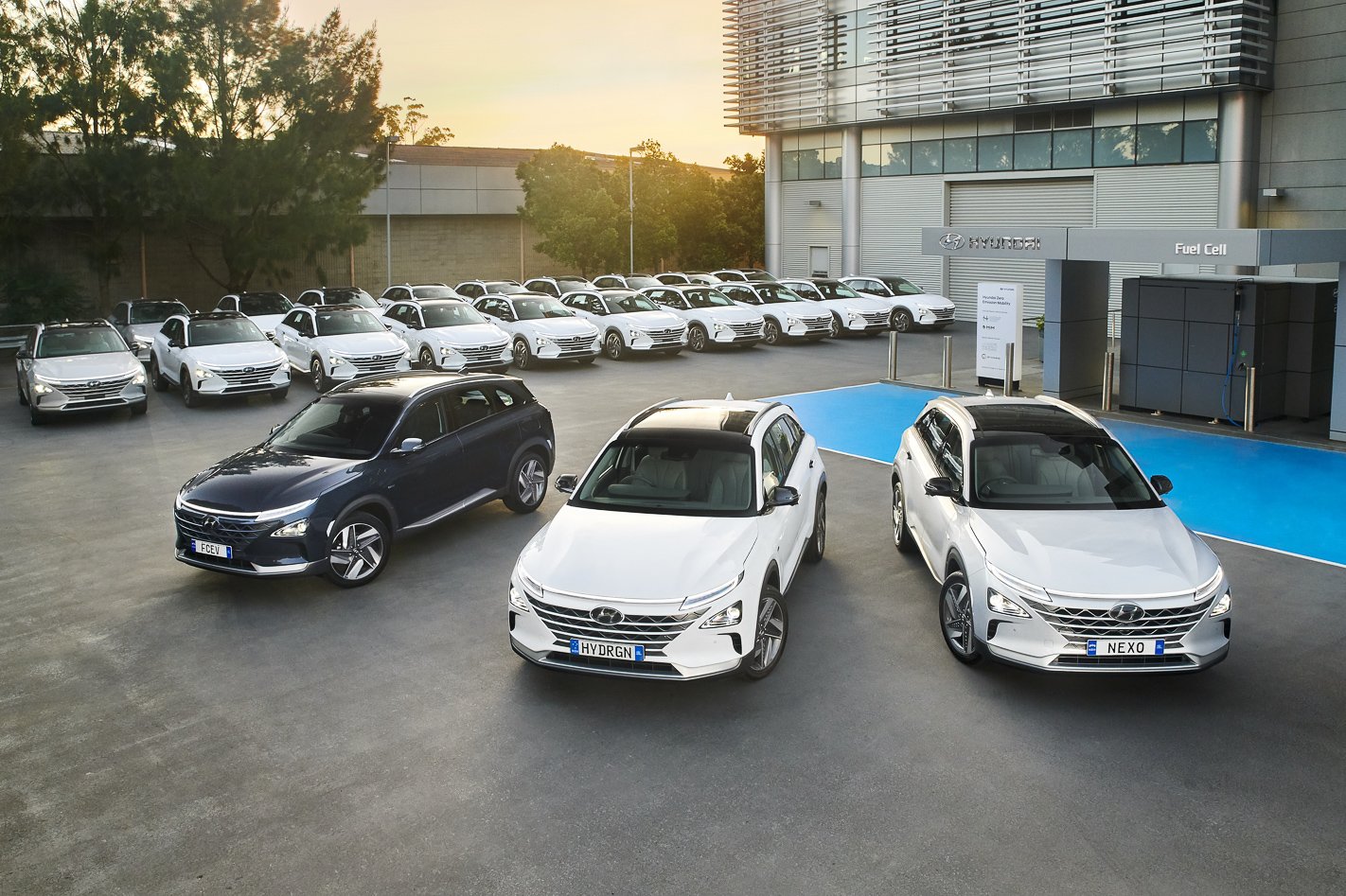
NSW – C
While it couldn’t quite match the nation’s capital, New South Wales is still above average in its EV and plug-in hybrid supporting policy and infrastructure.
Although we would mark it down a peg for its proposed ‘distance charge’ that was spotted last month. That said, it has made the most progress in the last 12 months.
- Net Zero Plan and Electric and Hybrid Vehicle Plan culminating 2020 and 2019 respectively
- Regional public fast charger investment of $3m, Sydney commuter carpark charger investment of $2m and more to come
- EV Infrastructure and Model Availability program will co-fund the addition of EVs to fleets
- At least 10 percent of government fleet vehicles to be fully electric by 2023, while 30 percent will be electric or hybrid
- Five electric bus trials in Sydney will eventually transition into all bus networks.
- 20 percent discount on low-emission vehicles
- Charge Together Fleets co-funding to develop total cost of ownership calculator
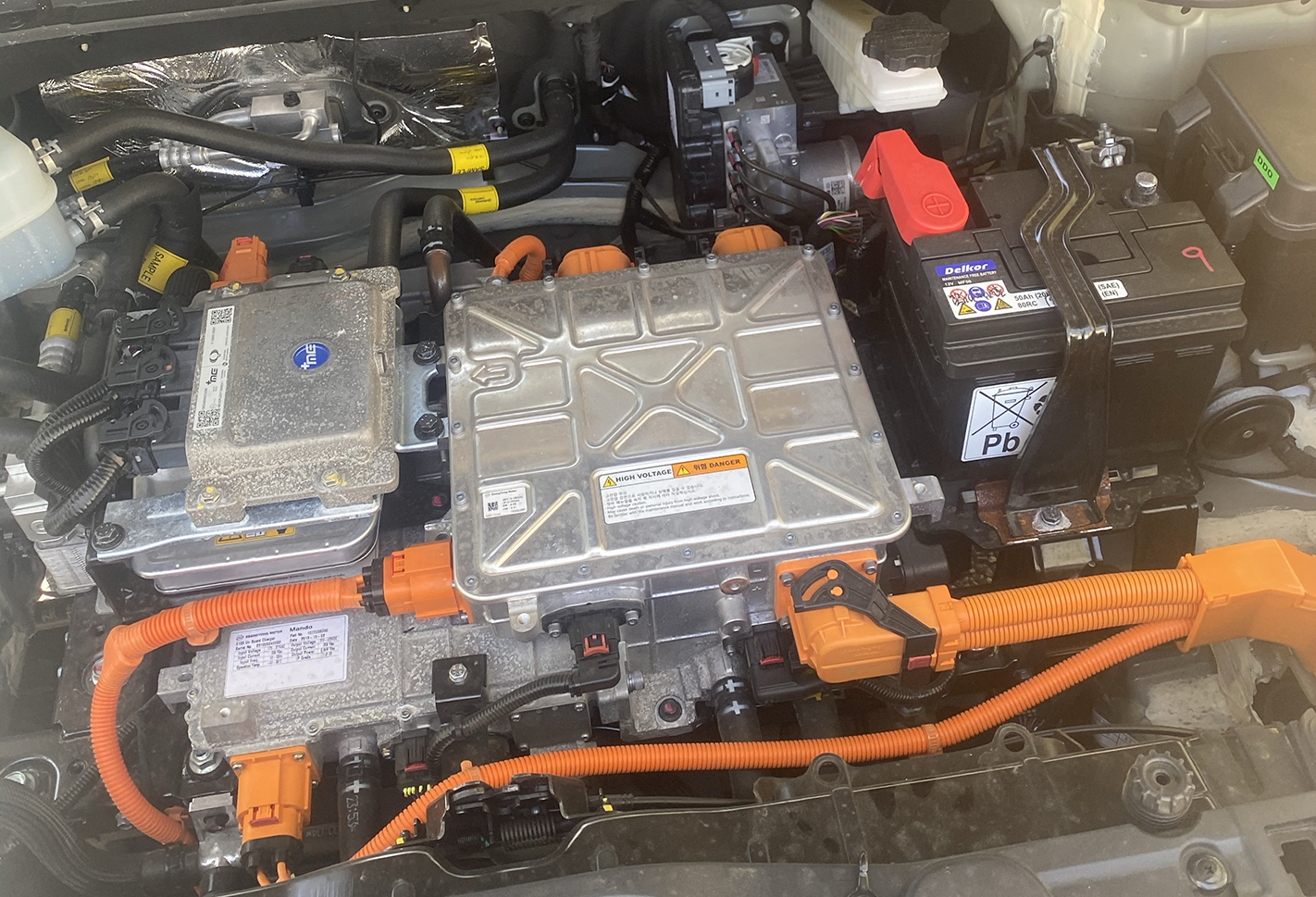
QLD – C
Ranking second equal with New South Wales, the Queensland government also scores a C for zero-emissions planning, thanks in part to policies that both encourage Queenslanders out of combustion-powered cars and into electric and hybrids:
- The Future is Electric EV Strategy
- Stage 1 and 2 Electric Super Highway funding (QESH)
- QFleet Electric Vehicle Transition Strategy will double the number of battery electric and plug-in hybrids in government fleet every year for four years
- Lowest registration fee and duty discount applied to full EVs
- Founded and operates the Queensland Electric Vehicle Committee
- $2.5m investment in Tritium charging infrastructure
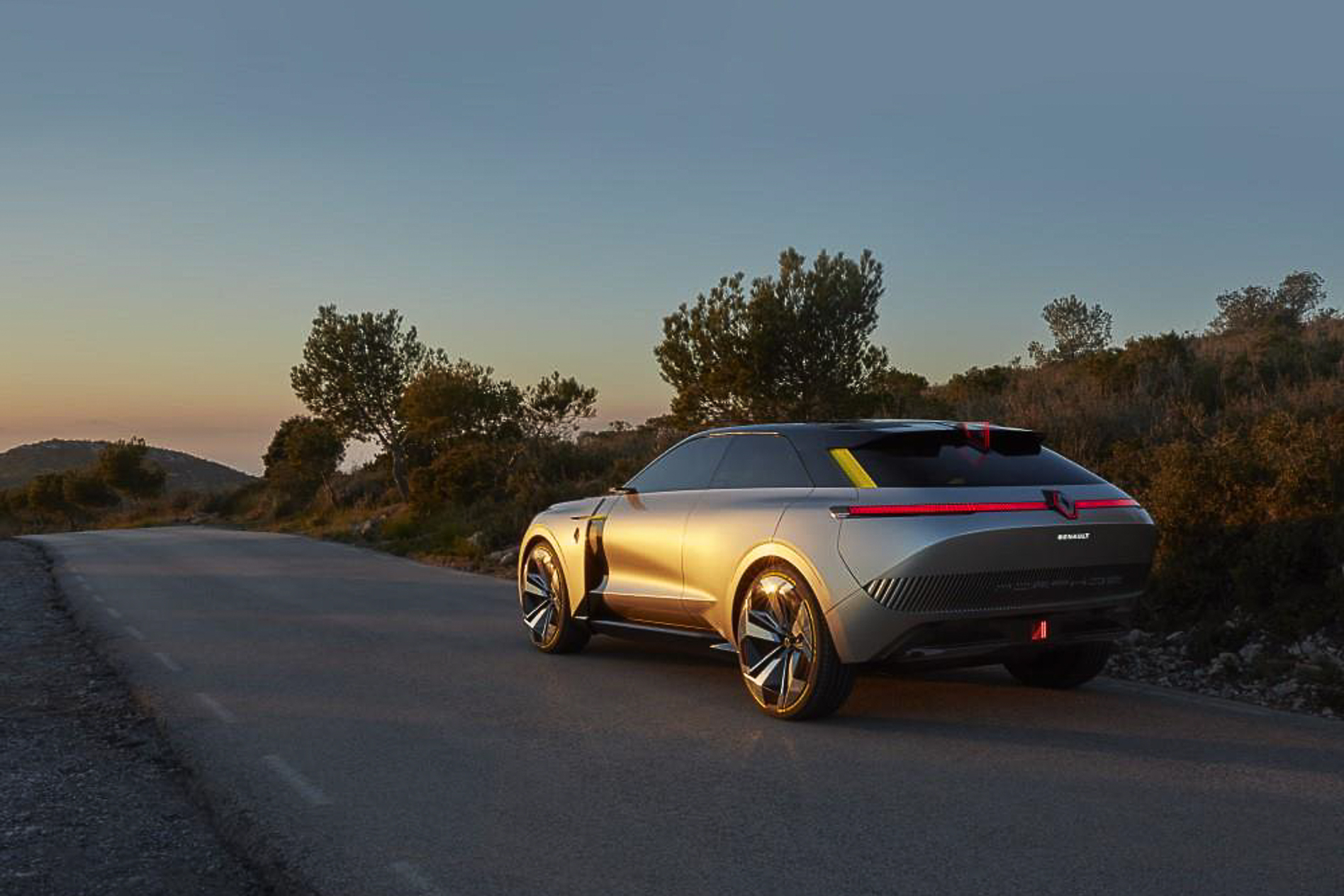
VIC – D
In the middle of the pack, three states were ranked D for their efforts paving the way for electric power.
Victoria was one such government, which earned recognition for its action which is not only encouraging EV ownership but creating jobs in the sector too:
- Zero Emissions Vehicle Roadmap
- Ultra-fast public chargers commissioned in seven locations about the state
- Electric bus trial due to conclude next year
- $100 registration fee discount for EV and hybrids and discounted duty on low-emissions vehicles
- Funding for SEA Electric truck manufacturing plant, creating 500 jobs
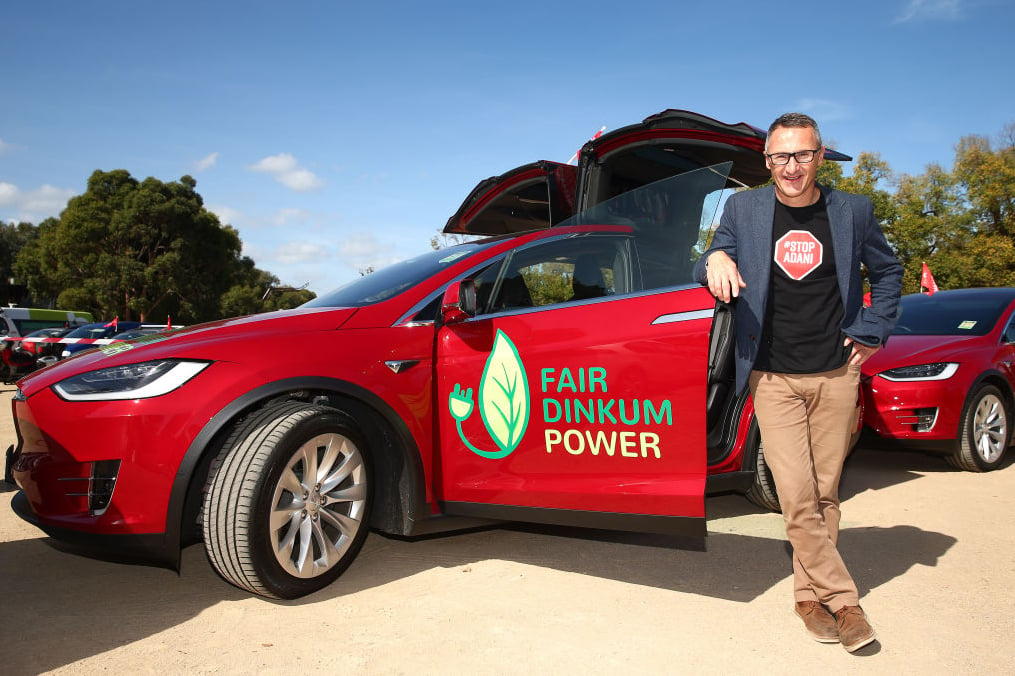
SA – D
While South Australia often leads the country in progressive technology such as autonomous driving legislation and research, it doesn’t rank as highly nationally in the eyes of the EV Council.
That said, it is doing enough to earn it a D:
- Strategic Regional Electric Vehicle Adoption Program
- Exceeded targets to achieve 30 percent of government fleet low-emissions vehicles by 2019 (currently more than half with 21 percent PHEV or EV).
- Charge Together Fleets co-funding to develop total cost of ownership calculator
- Co-funded development of two electric buses
- Co-funded public chargers including free charging periods
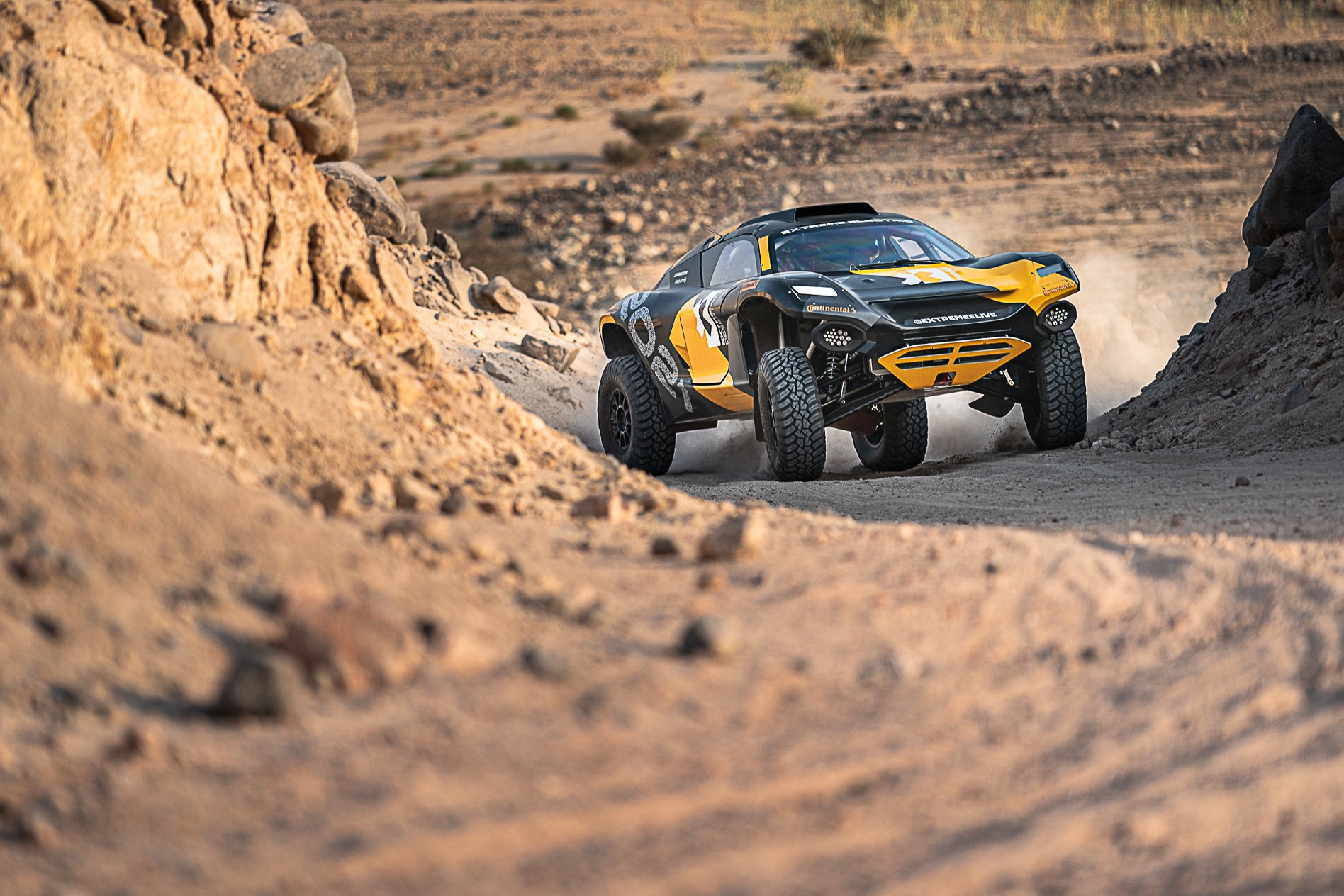
TASMANIA – D
Tasmania rounds out the trio of states to be ranked D for EV progressive thinking despite putting in the best effort for investment in public charging infrastructure.
- EV ChargeSmart Grants Program, which has raised more than $600,000 for fast charger installation
- A further $2.5m investment for fast charging infrastructure in destinations and workplaces
- Smart Fleets program to encourage the addition of EVs into local government fleets
- Electric Vehicle Working Group, which is coordinating the support of EVs
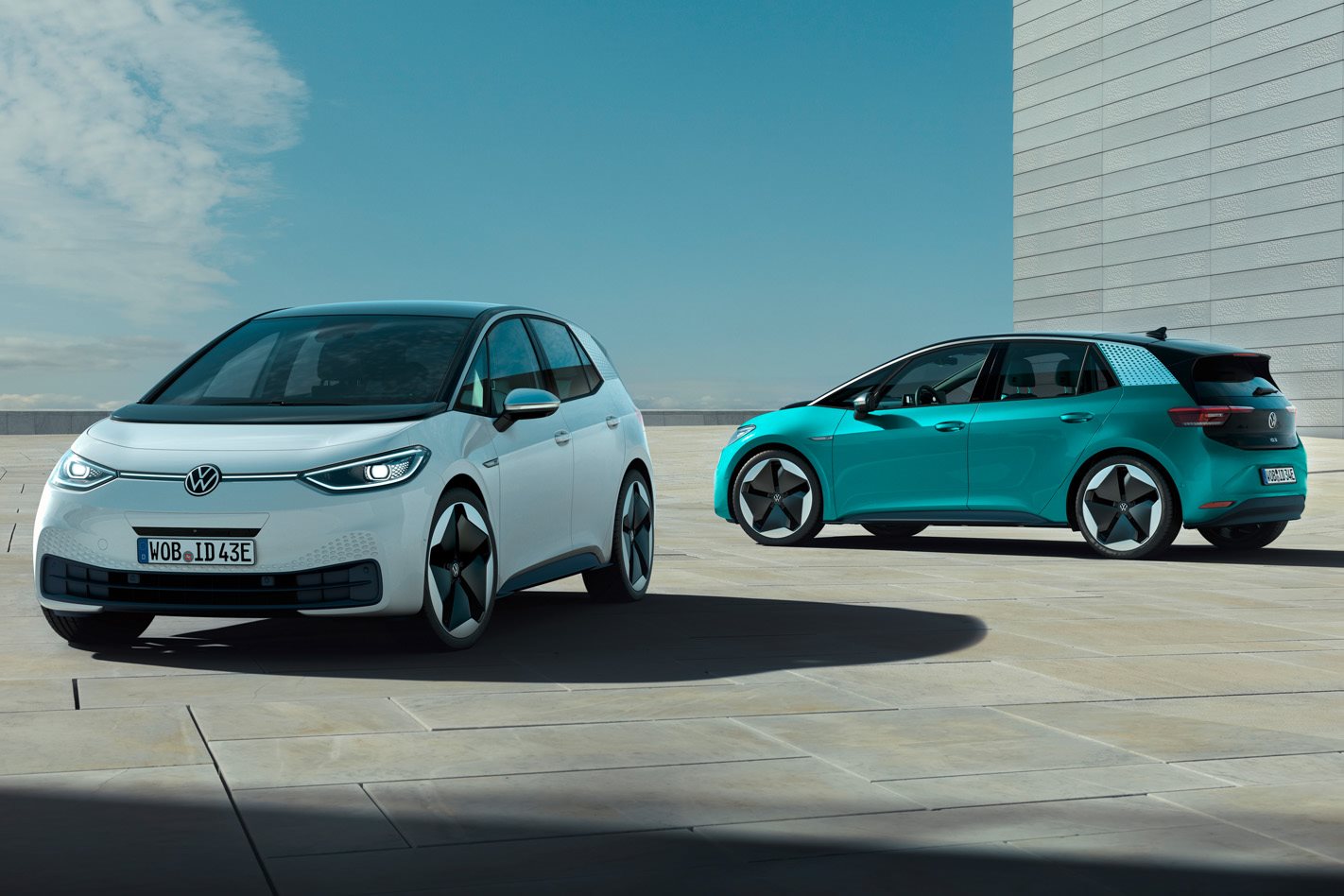
WA – F
Grabbing straight for the red pen, the EV Council has slapped two state governments with a fail grade, including Western Australia. The state has a new EV policy coming out this year so is expected to score far better in the 2021 results.
- Western Australian Electric Vehicles Working Group formed in 2018
- Signed an EV MoU to identify opportunities to collaborate, promote and accelerate the transition to zero-emissions
NT – F
Along with Western Australia, the Northern Territory also scored a disappointing F although, it too is expected to detail a new electric vehicle strategy in the coming 12 months, which will align the territory’s policies more closely with the better performing states.
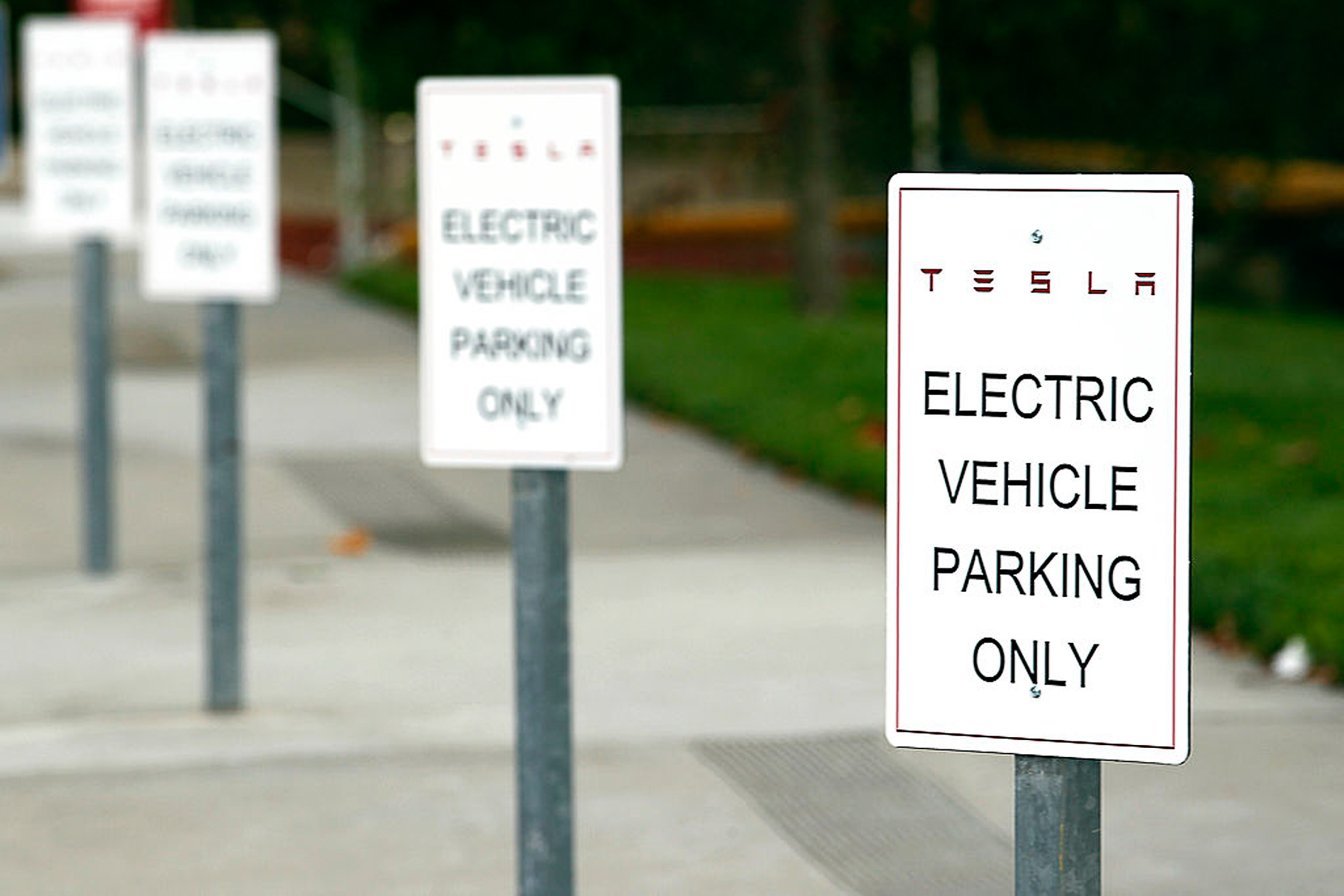
Federal Government – F
Even more disappointingly, the entire federal government also languishes at the back and a ranking of F, although we feel some credit should be offered for the significant funding of clean hydrogen manufacturing announced earlier this year.
- National EV Strategy
- LCT threshold increased by more than $2000 to $77,565 for fuel-efficient vehicles
- Numerous EV projects funded through Australian Renewable Energy Agency
“The US and Europe have shown us what works, all Australian leaders have to do now is join the party. The ACT is commendably leading the way, but we really need the larger jurisdictions to follow if we want the benefits EVs can deliver like cleaner and quieter cities, lower carbon emissions, and national fuel security.
“Our report shows how much latent potential is just waiting to be unleashed in Australia. Australian drivers are ready to embrace electric vehicles and release the myriad benefits of that transition, but they’re still waiting to get a clear green light from government.”
The new ranking system is providing a clear indication of the hardest working states and territories when it comes to furthering the cause of EVs and low-emissions cars, without having to digest the data, and offers you an easy way to track the country’s progress.
And, perhaps next year, we will see our first state or territory get an A?




